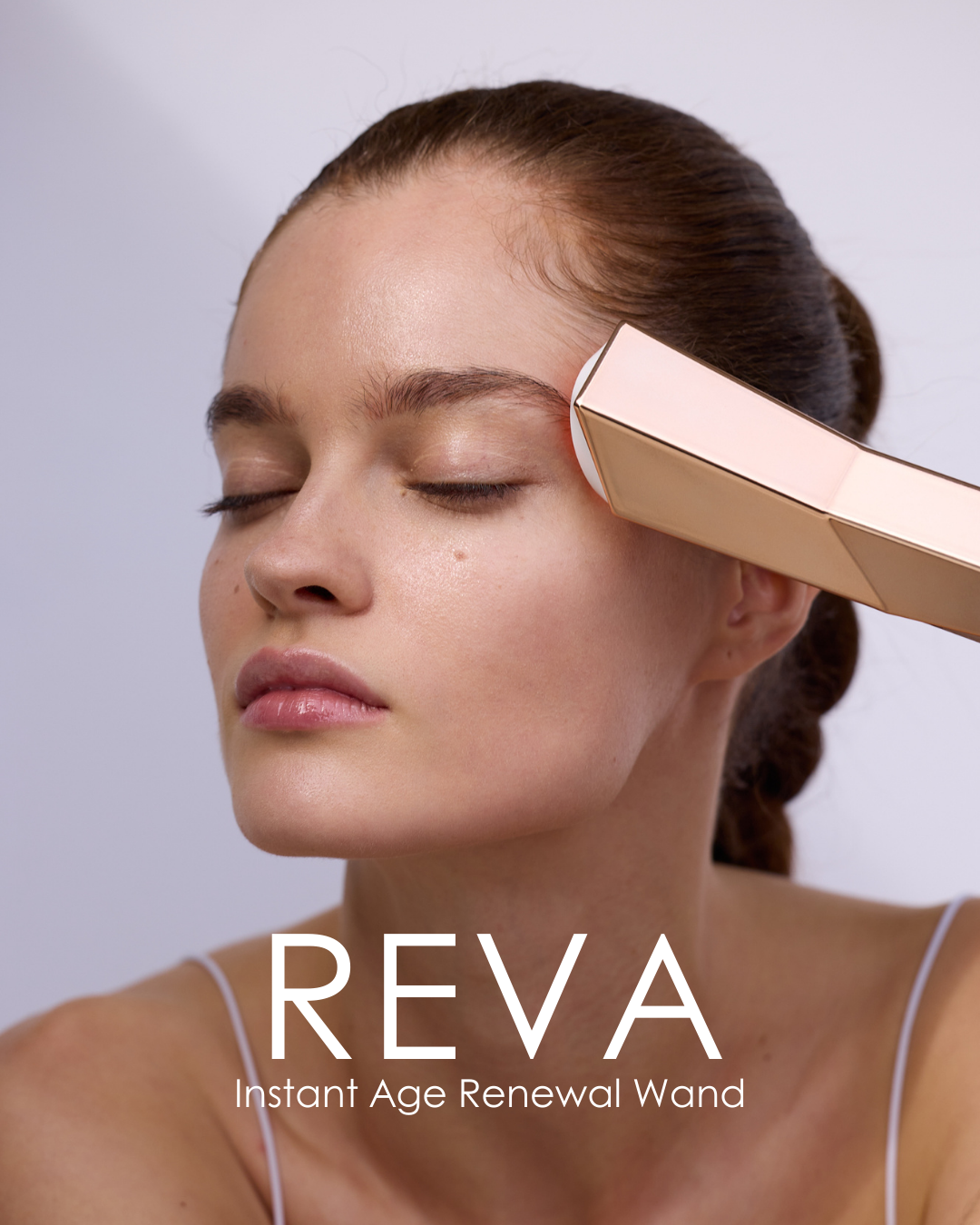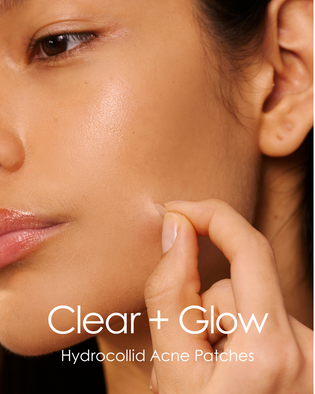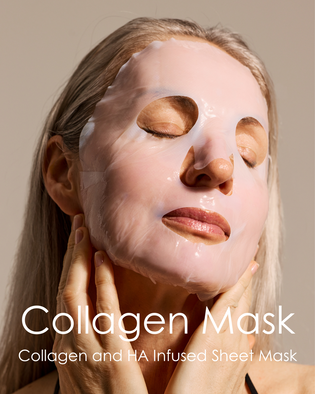
The Function of the Skin and How to Reverse Signs of Aging at Every Skin Layer
IN THIS ARTICLE:
- 01 Our Skin As Our Largest Organ
- 02 The Epidermis (The Outer Layer)
- 03 The Dermis (The Second Layer)
- 04 The Hypodermis (The Deepest Layer)
- 05 How to Reverse Signs of Skin Aging at Every Skin Layer?
8-minute read
What is The Function of the Skin?
We too often think of the skin as decorative, with nothing more than an aesthetic function, but the skin is much more than that. As our largest organ, the skin protects the body from trauma and regulates body temperature, vitamin D synthesis, excretion, sensation, and much more. It comprises the epidermis, dermis, and hypodermis, sometimes called the subcutaneous layer.
Describe the Functions of the Skin:
The Epidermis (The Outer Layer)
The outermost layer of the skin is made up of melanocytes and keratinocytes. Melanocytes are melanin-producing cells. Melanin gives the skin its ‘pigment’ and determines our skin tone all while protecting the skin from the effects of UV exposure or sun damage. Keratinocytes produce keratin, a water-resistant protein that forms a protective barrier to ensure the skin remains strong, maintains elasticity, and heals when damaged. The primary function of the epidermis is to protect the body from its external environment.
The Dermis (The Second Layer)
The dermis is located directly beneath the epidermis and makes up about 90% of the thickness of the skin. It is between 1.5 and 4mm thick. The dermis layers gives the skin its structural integrity as it contains collagen and elastin fibres. Skin treatments targeting the dermis can boost collagen and slow signs of skin aging. The dermis also contains nerves, blood vessels, hair follicles, and glands.
The Hypodermis (The Deepest Layer)
Also commonly referred to as the subcutaneous or ‘fat’ layer, the hypodermis is a layer of living fat cells that insulates the body and helps to regulate body temperature. Like the dermis, this layer varies in thickness. It is responsible for storing energy, protecting vital organs, and connecting the skin to surrounding bones and muscles.
How to Reverse Signs of Skin Aging at Every Skin Layer?
The Epidermis
As the epidermis is the outermost skin layer, cleansing, exfoliation, and topical skin care are most important for this skin layer. The outer layer of the epidermis is called the stratum corneum - this layer constantly renews itself in a process known as desquamation. As we age, this process begins to slow, so regular exfoliation becomes all the more important. The epidernis is responsible for maintaining hydrated and nourished skin, and topical ingredients such as hyaluronic acid and squalane help to maintain healthy and hydrated skin.
Skincare must-haves to protect the epidermis
-
Cleanse: Double cleanse with a gentle cleanser to remove any makeup, dirt, oil, or other impurities
- Exfoliate: Use a microdermabrasion wand to gently slough away dead skin cells from the outer layer of the skin. This process helps to brighten dull skin and allows proper penetration of follow-up skincare products.
- Antioxidant serum: A serum containing vitamin C, Bakuchiol, nicinamide, hyaluronic acid, or CoenzymeQ10 protects the skin by preventing free radical damage, helping to maintain a brighter and more youthful outer skin layer
- Moisturizer containing ceramides: Ceramides are essential lipids that make up about 40% of the epidermis, the outer layer of the skin. As we age, the natural levels of ceramides in the skin decrease, leading to dryness and a weakened skin barrier. To counter this, using a ceramide-containing moisturizer restores these levels, keeping the skin hydrated, plump, and healthy. Ceramides also play a crucial role in repairing damage to the skin barrier and improving overall skin cell function.
- SPF: The last step of your AM skincare routine should be a high-quality, broad-spectrum SPF. UV rays from the sun are one of the most prominent causes of skin barrier damage, photoaging, and the development of skin cancer, sun spots, and inflammation. SPF is arguably the most important skin care step for a healthy and vibrant epidermal skin layer.
- Cleanse: Double cleanse with a gentle cleanser to remove makeup, dirt, oil, and other impurities
- Red Light Therapy: Red light is one of the easiest and most cost-effective ways to boost collagen in the dermal skin layer. Specific red wavelengths of roughly 600-700nm are deep enough to penetrate deep into the dermis to provide the cells with energy. The light energy stimulates the mitochondria to create fibroblasts. Fibroblasts are cells responsible for the production of collagen and elastin. Using a red light therapy device 4-5 times per week kickstarts the production of new collagen to regenerate and heal the skin.
- Microneedling: Also referred to as ‘collagen induction therapy’ microneedling involves using microscopic needles to create microwounds in the skin. This therapy kickstarts the regenerative skin healing process to produce new collagen. Microneedling can be performed at home using a dermaroller to avoid the need for frequent, costly salon visits. In-clinic procedures may, however, be more intense and require a longer recovery but quicker results. If you are looking for a gentler, gradual approach, at-home dermarolling is a good alternative.
- At-home skin tightening tools: Skin tightening techniques are another very effective way to boost collagen in the dermal skin layer. Technologies such as radio frequency and ultrasound use different mechanisms to trigger the production of new collagen and prevent skin sagging. For more on these therapies and our at-home professional skin tightening tool, click here.
- Retinol: Vitamin A is one of the only topical skincare products to penetrate the dermal skin layer. Vitamin A derivatives, such as retinol, retinal, and tretinoin, restore collagen in the extracellular matrix and speed up cell turnover. If you are new to vitamin A, it is important to start slow as your skin adjusts.
Reinvo | Facial Microdermabrasion Wand
Mechanical exfoliation technique using diamond-encrusted tips to reveal a smooth and bright complexion
The Dermis
The dermis contains what is called the ‘extracellular matrix’ - a network of proteins including collagen, elastin, and proteoglycans. Protecting the dermis is about stimulating the energy currency of the extracellular matrix to produce more protein and preserve the structural integrity of this skin layer.
Skincare must-haves to protect the dermis

*Don’t use microneedling and skin-tightening tools as part of the same routine to allow the skin time to recover, but both can be incorporated into a robust anti-aging routine for boosting natural collagen.
LumaLux Face | Pro LED Light Therapy Mask
Our most advanced LED mask for deeper skin renewal - fine lines, acne, hyperpigmentation, skin texture
The Derma Roller | 540 Titanium Microneedle Facial Tool
0.25mm microneedling device to boost collagen and improve skin elasticity by boosting skin's natural healing process
LumaLux Dome | Face & Body LED Light Therapy Device
8 wavelength full body LED light therapy device for skin rejuvenation, fine lines, acne, muscle recovery and mood boost
 written by Charlotte Rycroft
written by Charlotte Rycroft

















Leave a comment
This site is protected by hCaptcha and the hCaptcha Privacy Policy and Terms of Service apply.